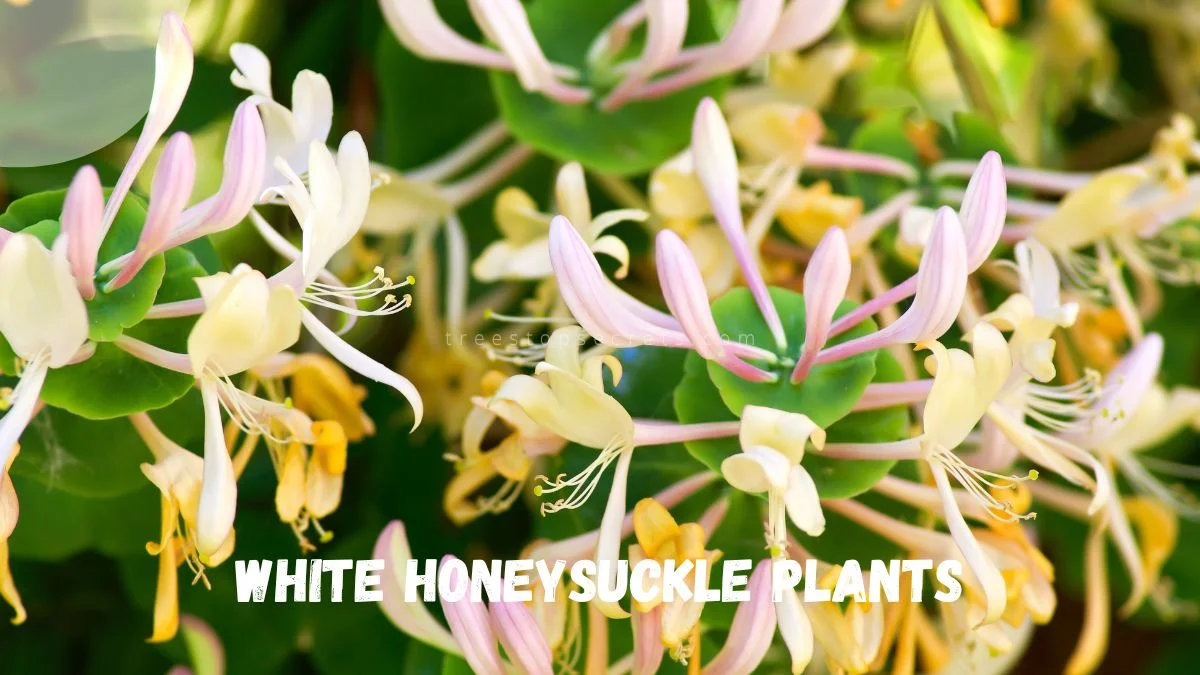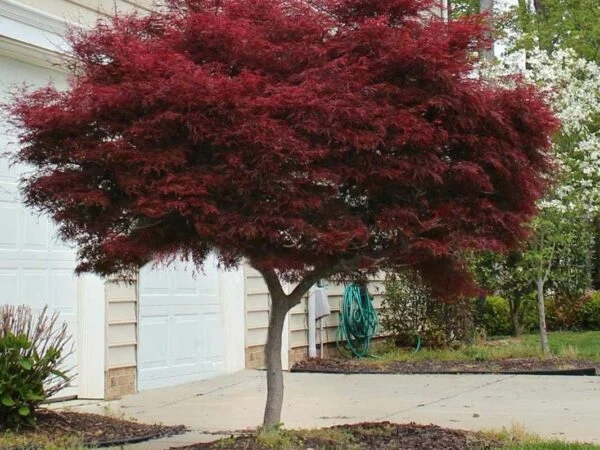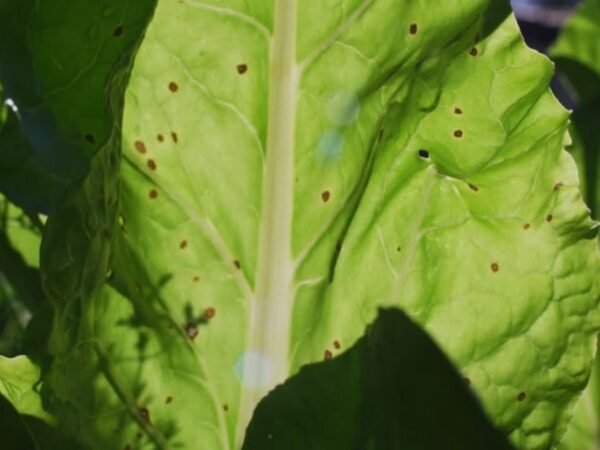Discover the beauty of white honeysuckle plants, conspicuous flowers, a striking contrast to traditional garden blooms. These elegant and fragrant vines add a touch of sophistication to any outdoor space. With their delicate white blossoms and sweet aroma, white honeysuckle plants create a serene and inviting atmosphere in your garden or landscape. Whether climbing a trellis or cascading over a fence, these versatile plants are sure to captivate admirers and enhance the visual appeal of your outdoor area.
Key Takeaways
- Planting and Care: Ensure successful growth by planting white honeysuckle in well-draining soil and providing regular watering.
- Benefits and Uses: Utilize white honeysuckle for attracting pollinators like bees and hummingbirds to your garden.
- Challenges in Cultivation: Be mindful of potential issues such as powdery mildew and aphids that can affect white honeysuckle plants.
- Conservation and Preservation: Support the preservation of white honeysuckle species by avoiding over-harvesting and promoting sustainable gardening practices.
- Actionable Insight: To enjoy the beauty of white honeysuckle plants, plant them in a sunny location with proper support for climbing varieties.
- Relevance: Understanding the characteristics and care requirements of white honeysuckle can help gardeners create thriving and biodiverse landscapes.
Understanding White Honeysuckle
Basic Characteristics
White honeysuckle plants, scientifically known as Lonicera albiflora, are characterized by their deciduous nature, boasting long and graceful branches. These plants typically reach heights ranging from 6 to 10 feet, creating an elegant presence in gardens.
Types and Varieties
Western white honeysuckle is a common name for these plants, also known as white shrub honeysuckle. Within the honeysuckle family synonyms, they are referred to as flower fruit white honeysuckle. The USDA Symbol for white honeysuckle plants is LOAL2, with a Native Status of L48(N).
Key Features
One of the key features of white honeysuckle plants is their white flowers, which bloom in clusters, adding a touch of elegance to any landscape. These plants produce orange-red fruit, enhancing their visual appeal. Known for their perennial nature and vine habit, white honeysuckle plants offer versatility in garden settings.
Plant Characteristics
Growth Habit
White honeysuckle plants grow as vines, climbing and twining around structures for support. Their leaf arrangement is opposite, with leaves growing in pairs along the stem. These plants typically range in size from small shrubs to medium-sized vines.
Leaf Texture
The leaf texture of white honeysuckle plants is deciduous, meaning they shed their leaves annually. Their leaves are simple in complexity with an entire margin, providing a smooth edge. The leaves have an apiculate apex and a rounded base, adding to their unique appearance.
Flower Structure
White honeysuckle plants produce clusters of white flowers, each about 2 inches in size, creating a stunning visual display. These flowers bloom in various shades of white, attracting pollinators during the springtime. The intricate structure of the flowers adds to the overall beauty of white honeysuckle plants.
Bloom Information
Bloom Season
White honeysuckle plants bloom typically in Mar, Apr, and May, showcasing their stunning white flowers. The white bloom color signifies purity and innocence, adding a touch of elegance to gardens. During this period, the blooming of white honeysuckle plants can last for several weeks, enhancing the beauty of outdoor spaces.
Color and Fragrance
The white blooms of white honeysuckle plants exude a delicate and charming appearance, brightening up any garden. While some varieties may lack a strong fragrance, others emit a subtle sweet scent, attracting pollinators like bees and butterflies. The combination of the white color and gentle fragrance creates a visually appealing and inviting atmosphere in outdoor settings.
Pollination Process
White honeysuckle plants rely on pollinators such as bees and hummingbirds to transfer pollen between flowers, enabling fertilization. The pollinators play a crucial role in ensuring successful pollination, leading to the formation of berries on the plant. White honeysuckle plants have evolved specific adaptations like tubular flowers to attract pollinators effectively, facilitating the pollination process.
Distribution and Habitat
Native Regions
White honeysuckle plants are native to various regions in the USA, including the Northeastern, Midwestern, and Northwestern states. These plants thrive in diverse habitats, from woodlands to open fields, showcasing their adaptability. The distribution range of white honeysuckle plants spans across multiple states, adding to their ecological significance.
Preferred Climate
White honeysuckle plants prefer temperate climates with moderate temperatures and well-distributed rainfall. They exhibit good tolerance to both heat and cold, making them versatile across different seasons. Adequate sunlight is crucial for their growth, promoting flowering and overall vitality. Optimal soil moisture levels support their development, ensuring healthy foliage and blooms.
Soil Requirements
Cultivating white honeysuckle plants requires specific soil conditions for optimal growth. These plants thrive in well-draining soils, such as loamy or sandy soils, that prevent waterlogging. Soil with good organic content enhances nutrient availability, supporting robust growth. White honeysuckle plants benefit from soils with a slightly acidic pH, promoting nutrient uptake and overall health.
Planting and Care
Planting Tips
When planting white honeysuckle plants, choose a location with well-draining soil and full sunlight exposure. Ensure to space each plant about 2-3 feet apart to allow for proper growth. Consider planting near a trellis or fence for support.
For optimal growth, white honeysuckle plants thrive in moist but not waterlogged soil conditions. Water deeply once or twice a week, allowing the soil to dry slightly between watering sessions. Watch out for wilting leaves as a sign of underwatering.
Watering Needs
To meet the watering needs of white honeysuckle plants, aim for 1 inch of water per week during the growing season. Adjust based on rainfall levels to prevent overwatering. Signs of overwatering include yellowing leaves and root rot.
Avoid watering the foliage directly to prevent fungal diseases. Mulching around the base of the plant helps retain moisture and regulate soil temperature. Monitor the soil moisture level regularly to ensure consistent hydration for healthy growth.
Pruning Methods
Pruning is essential for maintaining the health and shape of white honeysuckle plants. Perform pruning in late winter or early spring before new growth emerges. Use clean, sharp pruning shears to make precise cuts without damaging the plant.
Regular pruning promotes better air circulation and reduces the risk of disease. Remove dead or damaged branches to encourage new growth and flowering. By trimming back overgrown areas, you can enhance the overall appearance of the plant.
Benefits and Uses
Ecological Impact
White honeysuckle plants play a crucial role in their native regions by supporting local ecosystems. These plants provide nectar for bees, butterflies, and hummingbirds, promoting pollination. White honeysuckle plants help stabilize soil and prevent erosion due to their extensive root systems. Their presence contributes to biodiversity by attracting various beneficial insects.
In terms of interactions with local wildlife, white honeysuckle plants serve as important food sources for birds and small mammals. These plants create habitat for nesting birds, offering protection and shelter. The fragrant flowers of white honeysuckle attract pollinators, further enhancing the ecosystem's health and balance.
- Support local ecosystems
- Provide nectar for pollinators
- Create habitat for wildlife
Garden Aesthetics
White honeysuckle plants are prized for their beauty in garden settings, adding a touch of elegance to landscapes. Their fragrant blooms and vibrant colors enhance the visual appeal of gardens, creating a charming atmosphere. When strategically placed, white honeysuckle plants can brighten up dull corners or fences, transforming them into focal points.
To incorporate white honeysuckle plants effectively in gardens, consider planting them near arches or trellises to create vertical interest. Mixing them with other flowering plants can create a stunning contrast, adding depth and dimension to the garden. Pruning the plants regularly helps maintain their shape and encourages healthy growth.
- Enhance garden aesthetics
- Add elegance to landscapes
- Plant near arches or trellises
Medicinal Uses
White honeysuckle plants have been used traditionally for their medicinal properties, offering various health benefits. The plant is known for its anti-inflammatory and antioxidant properties, which can help boost the immune system and reduce inflammation. Different parts of the plant, including the flowers, leaves, and stems, are used in herbal remedies to treat conditions like colds, fevers, and skin irritations.
The flowers of white honeysuckle are often brewed into teas or tinctures to alleviate symptoms of respiratory issues such as coughs and sore throats. The leaves contain compounds that may aid in digestive health and act as a mild diuretic. White honeysuckle plants continue to be valued for their therapeutic effects in modern herbal medicine.
- Anti-inflammatory properties
- Herbal remedies for colds
- Aid in digestive health
Challenges in Cultivation
Common Pests
White honeysuckle plants are vulnerable to aphids and spider mites, common pests that can infest the plants. These pests feed on plant sap, leading to wilting leaves and stunted growth. To prevent infestations, regularly inspect plants and use insecticidal soap for control.
Disease Management
White honeysuckle plants may suffer from powdery mildew and leaf spot diseases, affecting their overall health. Symptoms include white powdery patches on leaves and dark spots. To manage diseases, prune infected parts, promote airflow, and apply fungicides as needed.
Invasive Potential
In non-native regions, white honeysuckle plants have the potential to become invasive species, outcompeting native flora. Their rapid spread can disrupt local ecosystems by altering soil composition and reducing biodiversity. Responsible cultivation practices, such as planting native species alongside, can help mitigate invasiveness.
Conservation and Preservation
Conservation Status
White honeysuckle plants face challenges in conservation due to habitat loss, climate change, and invasive species. These factors threaten their populations, emphasizing the need for immediate action. Conservation efforts focus on protecting native habitats to ensure the survival of these plants. The decline in natural areas where white honeysuckle plants grow highlights the urgency of conservation measures.
- Threats: Habitat destruction, climate change, invasive species
- Importance of Preservation: Ensuring plant survival, maintaining biodiversity
Preservation Efforts
Various organizations and initiatives are actively involved in preserving white honeysuckle plants. These entities work towards safeguarding the species by implementing conservation strategies and raising awareness about their significance. Community participation plays a crucial role in preservation activities, fostering a sense of responsibility towards protecting these plants for future generations.
- Organizations Involved: Nature conservation groups, botanical gardens
- Community Involvement: Volunteer programs, educational campaigns
Responsible Cultivation
Responsible cultivation practices are essential for the sustainable growth of white honeysuckle plants. By adopting sustainable gardening methods, individuals can minimize environmental impact and contribute to the overall well-being of these plants. Promoting biodiversity through cultivation helps support native plant species and create a balanced ecosystem that benefits both flora and fauna.
- Sustainable Gardening Methods: Water conservation, organic fertilizers
- Promoting Biodiversity: Planting native species, creating wildlife-friendly habitats
Summary
In understanding white honeysuckle plants, you've explored their characteristics, bloom information, distribution, and habitat. Planting and caring for them can bring numerous benefits, despite the challenges in cultivation. The importance of conservation and preservation efforts has been highlighted. By learning about these aspects, you've gained insights into the world of white honeysuckle and how to nurture them effectively.
To continue your journey with white honeysuckle plants, consider planting them in your garden to enjoy their beauty and benefits firsthand. Share your newfound knowledge with others who might be interested in cultivating these plants. Your actions can contribute to the conservation of this species and help spread awareness about the significance of preserving our natural flora.
Frequently Asked Questions
What are the main characteristics of white honeysuckle plants?
White honeysuckle plants are known for their fragrant, tubular flowers and twining vines. They have opposite leaves, typically in pairs, and produce berries after flowering.
How do I plant and care for white honeysuckle plants?
- Plant in well-draining soil
- Provide full sun to partial shade
- Water regularly, especially during dry spells
- Prune to control growth and promote flowering
Where are white honeysuckle plants usually found?
White honeysuckle plants are native to various regions worldwide, including North America, Europe, and Asia. They thrive in habitats ranging from forests and meadows to gardens and urban areas.
What benefits and uses do white honeysuckle plants offer?
- Attract pollinators like bees and butterflies
- Used in traditional medicine for its anti-inflammatory properties
- Adds beauty and fragrance to gardens and landscapes
What challenges may arise when cultivating white honeysuckle plants?
- Prone to powdery mildew and aphid infestations
- Can become invasive in some regions if not controlled
- Requires regular pruning to prevent overgrowth
Image Source: Paid image from CANVA





